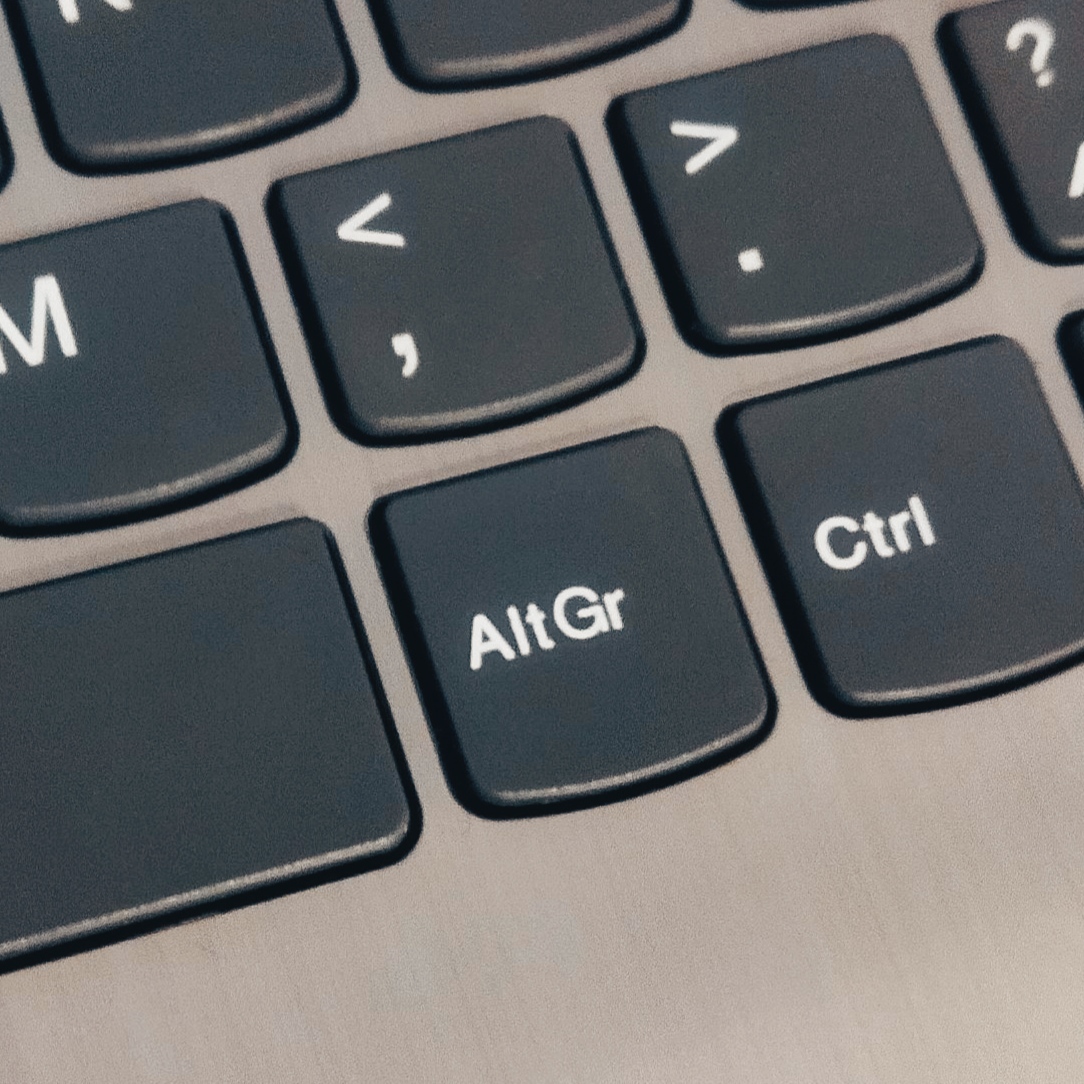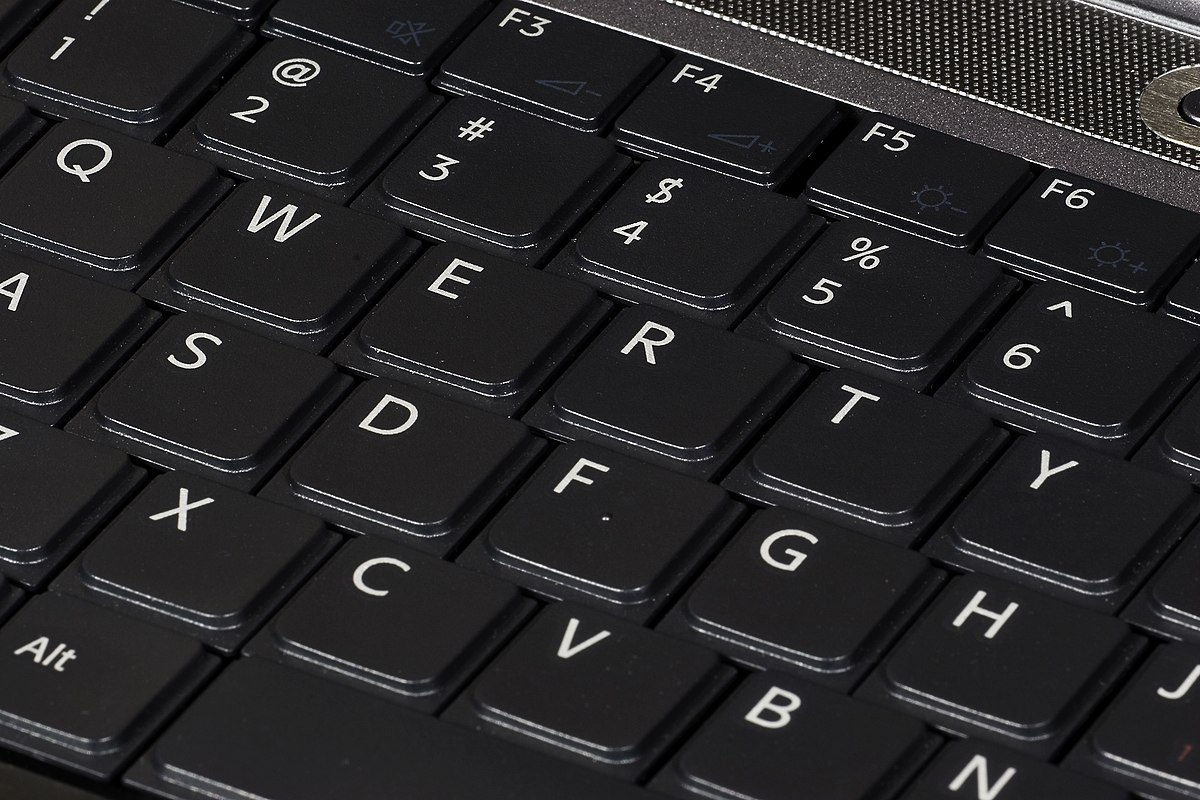Having trouble with the Tab key not working on Windows? Let’s dive into troubleshooting this issue.
Restart Your Computer
If your Tab key is not working on Windows, try restarting your computer. This simple step can often resolve minor software glitches that may be causing the issue.
To restart your computer, follow these steps:
1. Close any open programs or documents.
2. Click on the “Start” button in the bottom left corner of your screen.
3. Click on the power icon, which will display options for shutting down or restarting your computer.
4. Select “Restart” from the dropdown menu.
5. Wait for your computer to shut down and then turn back on.
After your computer restarts, check if the Tab key is now functioning properly. If not, there may be other underlying issues that need to be addressed.
If restarting your computer does not fix the problem, you can try some additional troubleshooting steps. However, these steps may require a bit more technical knowledge, so proceed with caution:
1. Check for any software conflicts: Sometimes, certain programs or settings can interfere with the functionality of your Tab key. Try closing any unnecessary programs or running a system scan to check for any potential conflicts.
2. Update your device drivers: Outdated or incompatible device drivers can cause keyboard issues. Visit the manufacturer’s website for your keyboard or computer to download and install the latest drivers.
3. Check for physical damage: Examine your keyboard for any signs of physical damage or debris that may be affecting the Tab key. Clean the keyboard if necessary, or consider replacing it if the issue persists.
4. Test the keyboard on another computer: If possible, connect your keyboard to another computer to see if the Tab key works there. If it does, the issue may be specific to your computer and not the keyboard itself.
If none of these steps resolve the issue, it may be necessary to seek professional technical support. They can help diagnose and fix any underlying hardware or software problems that may be causing the Tab key to malfunction.
Update Keyboard Driver
To update your keyboard driver on Windows and fix the issue of the tab key not working, follow these steps:
1. Open Device Manager by pressing the Windows key + X and selecting “Device Manager” from the menu.
2. In the Device Manager window, expand the “Keyboards” category.
3. Right-click on your keyboard device and select “Update driver.”
4. Choose the option to search automatically for updated driver software. Windows will then search online for the latest driver for your keyboard.
5. If Windows finds an updated driver, it will prompt you to install it. Follow the on-screen instructions to complete the installation.
6. If Windows doesn’t find an updated driver, you can try visiting the manufacturer’s website and downloading the latest driver manually. Make sure to download the driver that is compatible with your version of Windows.
7. Once you have downloaded the driver, open the downloaded file and follow the installation instructions provided by the manufacturer.
8. After the driver installation is complete, restart your computer for the changes to take effect.
9. Test the tab key to see if it is now working properly.
If updating the keyboard driver doesn’t resolve the issue, there may be other factors causing the problem. It’s worth checking if any software or settings are interfering with the tab key functionality.
1. Open the Task Manager by pressing Ctrl + Shift + Esc.
2. Look for any programs or processes that may be consuming a lot of resources or causing conflicts. End these processes or close the programs to see if it resolves the issue.
3. If you are using remote desktop services or TeamViewer, make sure the settings are not causing any conflicts with the tab key. Check the keyboard settings within these programs and adjust them if needed.
4. If you have recently installed any new software or made changes to your computer settings, try uninstalling or reverting those changes to see if it resolves the issue.
Remember to always keep your computer and keyboard drivers up to date to prevent any compatibility issues. Regularly checking for updates and installing them can help avoid problems with keyboard functionality.
If you’re still experiencing issues with the tab key not working after following these steps, it may be worth contacting technical support for further assistance. They can provide more specific troubleshooting steps based on your computer hardware and software configuration.
Check Keyboard for Damage
Before delving into complex troubleshooting steps, it’s important to rule out any physical damage to the keyboard. Follow these simple steps to check for any visible issues:
1. Start by inspecting the keys themselves. Look for any signs of wear, damage, or sticking keys. If you notice any, gently clean the affected area or consider replacing the keyboard if necessary.
2. Next, check the connection between the keyboard and your computer. Ensure that the keyboard is securely plugged into the appropriate port. If you’re using a wireless keyboard, make sure the batteries are properly inserted and functional.
3. In some cases, dust and debris might be causing the tab key to malfunction. Use a can of compressed air or a soft brush to gently clean the keyboard, paying extra attention to the tab key and its surroundings.
4. If you’re using a laptop, try using an external keyboard to see if the issue persists. This will help determine if the problem lies with the keyboard itself or with the computer’s settings.
5. Restart your computer to refresh the system and see if that resolves the tab key issue. Sometimes, a simple reboot can fix minor software glitches.
Remember, these are just basic steps to check for visible damage and simple fixes. If the problem persists, it may be necessary to dive deeper into software troubleshooting or seek professional assistance.
For more advanced troubleshooting steps, refer to the section “Software Troubleshooting” in this article.
Close Conflicting Applications
To begin, you will need to identify any applications that may be interfering with the Tab key functionality. This can include programs such as Task Manager (Windows), TeamViewer, or any other application that may have control over your keyboard inputs.
To close conflicting applications, follow these steps:
1. Press the Ctrl + Shift + Esc keys on your keyboard to open Task Manager (Windows). This will allow you to see a list of all running applications and processes on your computer.
2. In the Task Manager window, navigate to the “Processes” or “Applications” tab, depending on your version of Windows.
3. Look for any applications that may be causing conflicts with your Tab key. These can be identified by their names or any processes that seem to be using a significant amount of system resources.
4. Once you have identified the conflicting applications, right-click on them and select “End Task” or “Close” to shut them down.
5. After closing the conflicting applications, test the Tab key functionality to see if the issue has been resolved.
In some cases, you may need to restart your computer after closing conflicting applications to ensure that any changes take effect.
It is important to note that closing conflicting applications may not always solve the Tab key issue. If the problem persists, there may be other underlying causes such as a faulty keyboard or device driver. In such cases, it is recommended to seek further troubleshooting steps or consult a professional.
Try Different Keyboard Combinations

- Press Ctrl+Shift+Esc to open Task Manager.
- Check if the Tab key is functioning correctly within Task Manager.
- If the Tab key works in Task Manager, it indicates a software issue.
- If the Tab key does not work in Task Manager, proceed to the next step.
- Press Ctrl+Alt+Del and select Task Manager.
- Verify if the Tab key functions properly within Task Manager.
- If the Tab key works in Task Manager, it suggests an application conflict.
- If the Tab key does not work in Task Manager, move on to the next step.
- Press Windows key + R to open the Run dialog box.
- Type osk and press Enter to open the On-Screen Keyboard.
- Check if the Tab key works within the On-Screen Keyboard.
- If the Tab key functions in the On-Screen Keyboard, there may be a hardware issue with your physical keyboard.
- If the Tab key does not work in the On-Screen Keyboard, proceed to the next step.
- Try using an external keyboard.
- Connect an external keyboard to your computer.
- Test if the Tab key functions correctly on the external keyboard.
- If the Tab key works on the external keyboard, it suggests a hardware problem with your original keyboard.
- If the Tab key still does not work on the external keyboard, move on to the next step.

- Restart your computer in Safe Mode.
- Press Windows key + I to open the Settings menu.
- Select Update & Security.
- Click on Recovery and then choose Restart now under Advanced startup.
- When the computer restarts, select Safe Mode.
- Check if the Tab key works in Safe Mode.
- If the Tab key functions in Safe Mode, it indicates a conflict with a third-party application or driver.
- If the Tab key does not work in Safe Mode, further troubleshooting may be required.
FAQ
How do I enable the Tab key on my keyboard?
To enable the Tab key on your keyboard, press and hold Alt and press the 0,0,9 keys on the numeric keypad.
How do I fix my Alt Tab not working?
To fix Alt-Tab not working on your computer, you can try a few troubleshooting steps. Firstly, ensure that it’s not an issue with your keyboard. Secondly, try using the other Alt key. If the problem persists, you can restart Windows Explorer or change the AltTabSettings Registry values. Additionally, updating your keyboard driver or ensuring that Peek is enabled may also help resolve the issue.
How do I fix my tabs not working?
To fix tabs not working, you can try the following steps:
1. Restart your computer.
2. Check for any physical damage or debris on your keyboard.
3. Run the keyboard troubleshooter.
4. Run the hardware and devices troubleshooter.
5. Update your keyboard driver.
6. Reinstall the keyboard driver.
7. Disable the Sticky and Filter Keys.
8. Close any programs, like TeamViewer, that could be interfering with the keyboard.

